Category: Movement Debrief & The Zac Cupples Show

Infrasternal Angle Compensations and Treatments
A deep dive into the infrasternal angle Movement Debrief Episode 115 is in the books. Below is a copy of…
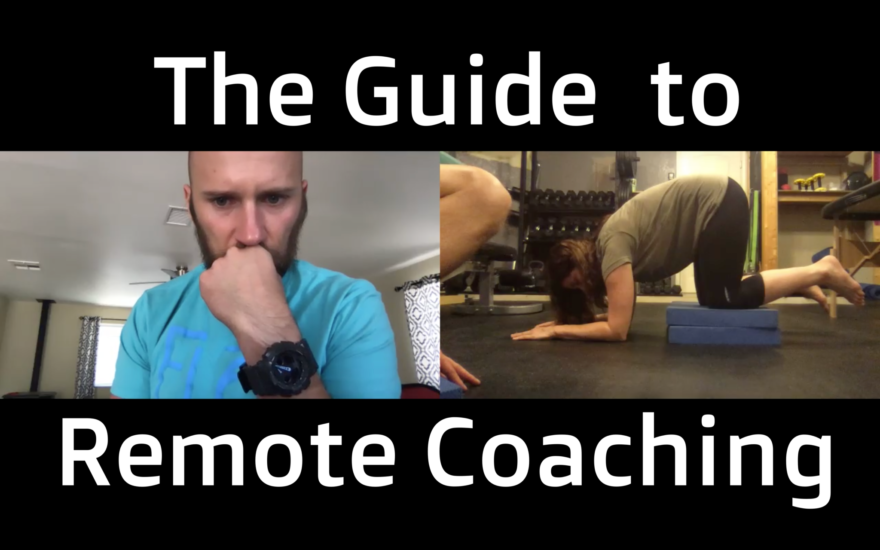
The Guide to Remote Coaching – Movement Debrief Episode 113
How to coach movement when you can’t in-person Movement Debrief Episode 113 is in the books. Below is a copy…
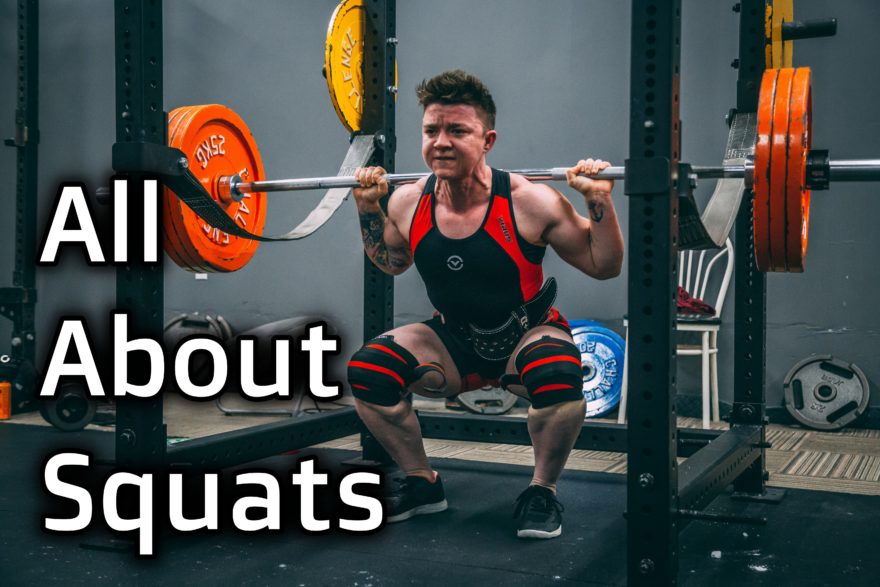
All About Squats – Movement Debrief Episode 112
Movement Debrief Episode 112 is in the books. Below is a copy of the video for your viewing pleasure, and…
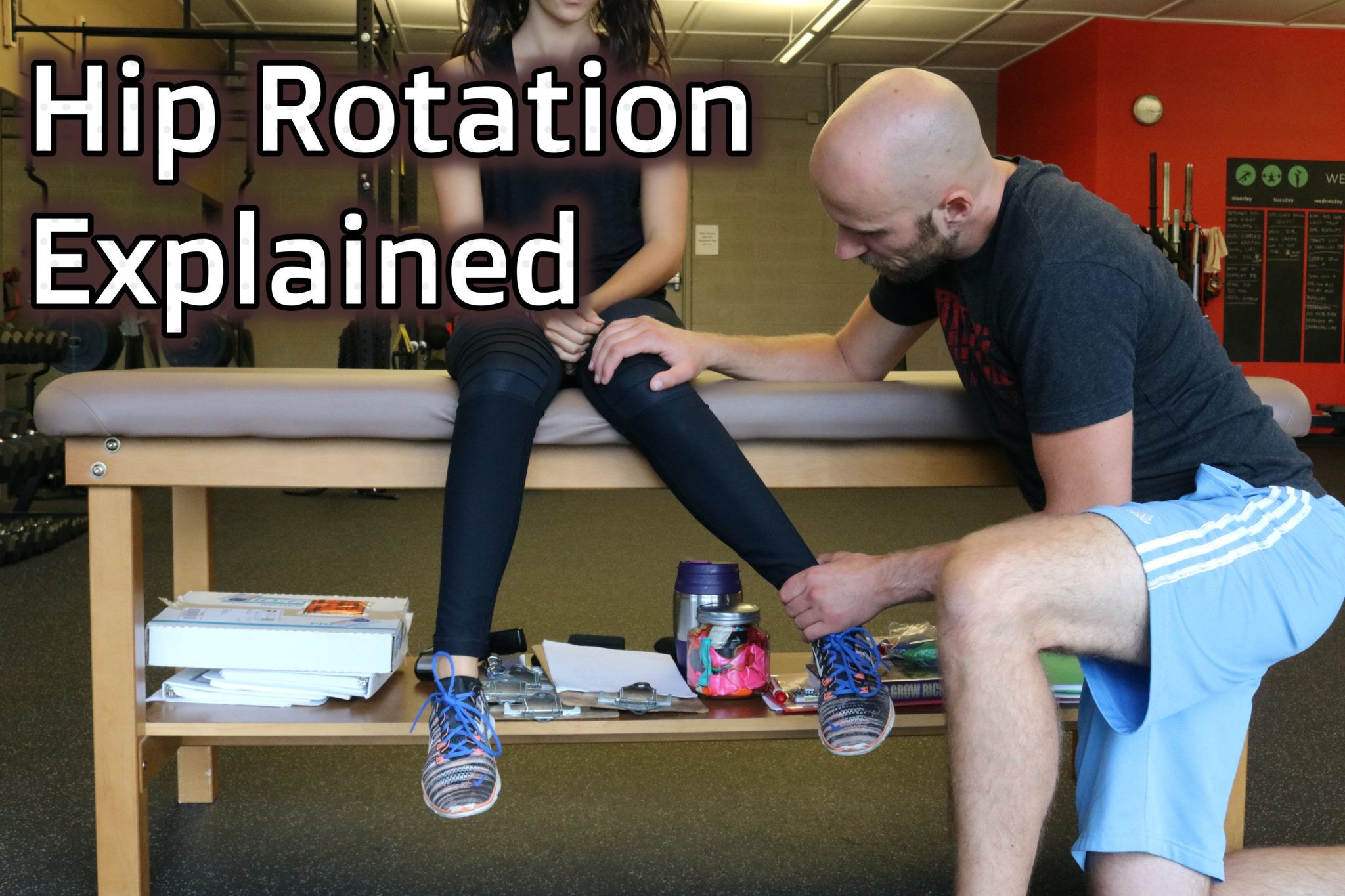
Hip Rotation Explained – Movement Debrief Episode 111
Movement Debrief Episode 111 is in the books. Below is a copy of the video for your viewing pleasure, and…

Is Spinal Flexion Bad? – Movement Debrief Episode 110
Movement Debrief Episode 110 is in the books. Below is a copy of the video for your viewing pleasure, and…

All About the Scapula – Movement Debrief Episode 109
Movement Debrief Episode 109 is in the books. Below is a copy of the video for your viewing pleasure, and…
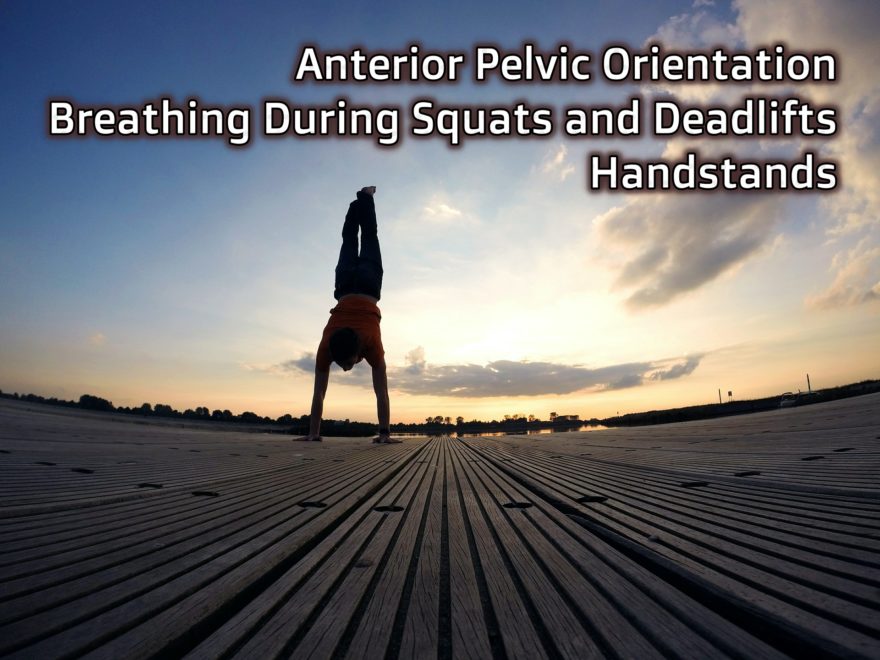
Anterior Pelvic Orientation, Breathing During Squats and Deadlifts, and Handstands – Movement Debrief Episode 108
Movement Debrief Episode 108 is in the books. Below is a copy of the video for your viewing pleasure, and…
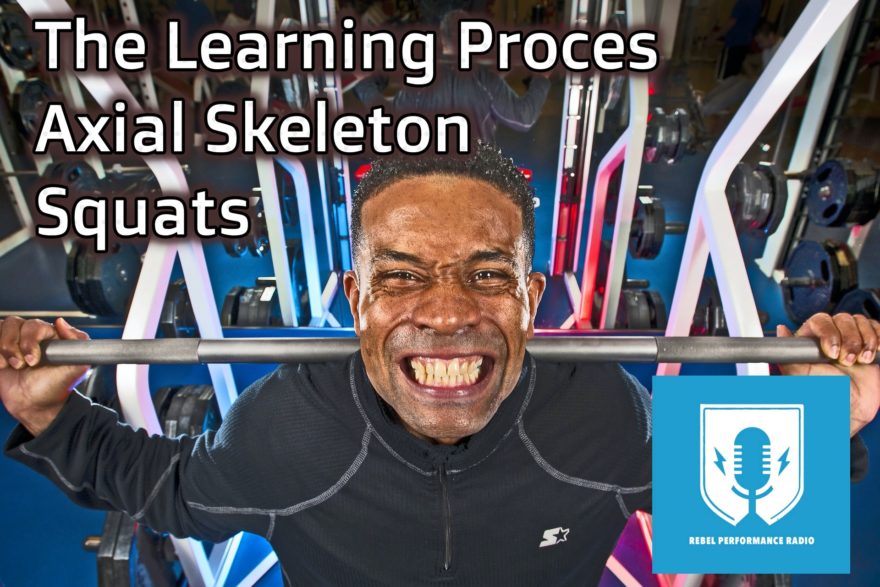
The Learning Process, The Axial Skeleton, and Squats – Rebel Performance Podcast
Are you struggling at structuring your learning? Or perhaps this whole inhalation and exhalation mechanics in regards to movement is…
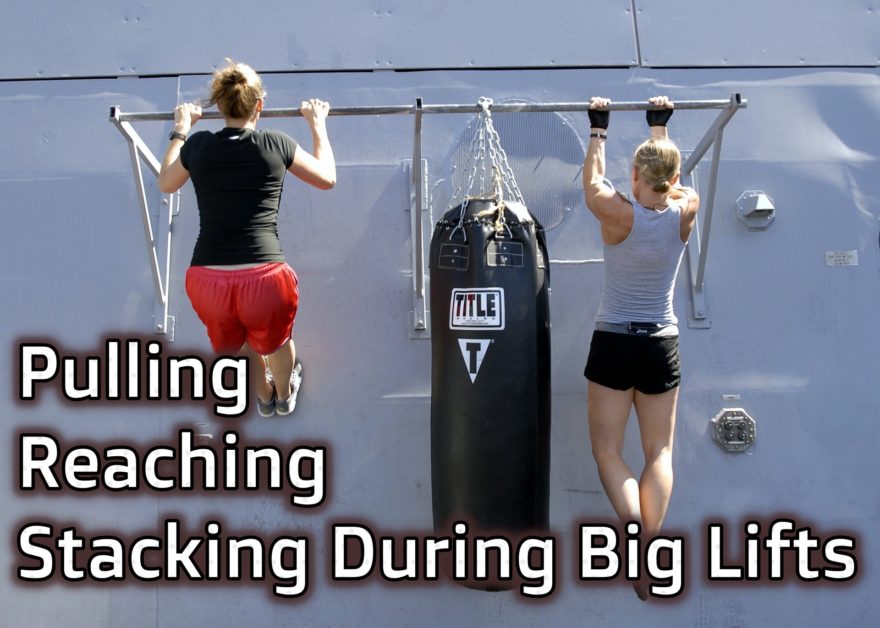
Pulling, Reaching, and Stacking During Big Lifts – Movement Debrief Episode 107
Movement Debrief Episode 107 is in the books. Below is a copy of the video for your viewing pleasure, and…

Pregnancy, Pectus, and Bruxism – Movement Debrief Episode 106
Movement Debrief Episode 106 is in the books. Below is a copy of the video for your viewing pleasure, and…

Top 10 Posts of 2019
At the end of each year, I like to see what you beautiful…sexy…outstanding people liked. What the fam….recognized (fam). This…

Top 10 Debriefs of 2019
At the end of each year, I like to see what you beautiful…sexy…outstanding people liked. What the fam….recognized (fam). I…
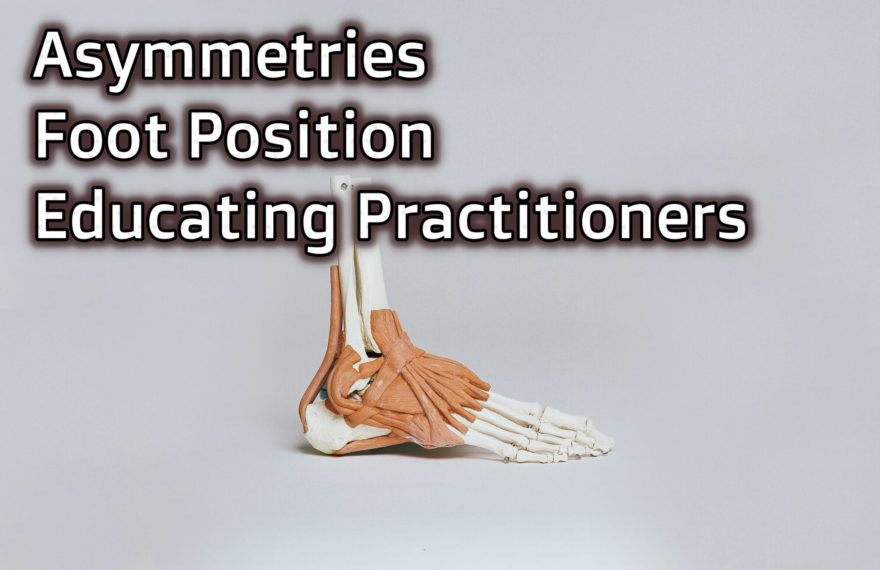
Asymmetries, Foot Position, and Educating Practitioners – Movement Debrief Episode 105
Movement Debrief Episode 105 is in the books. Below is a copy of the video for your viewing pleasure, and…

Kegels, Overhead Reaching, and Overuse vs Deconditioned – Movement Debrief Episode 104
Movement Debrief Episode 104 is in the books. Below is a copy of the video for your viewing pleasure, and…
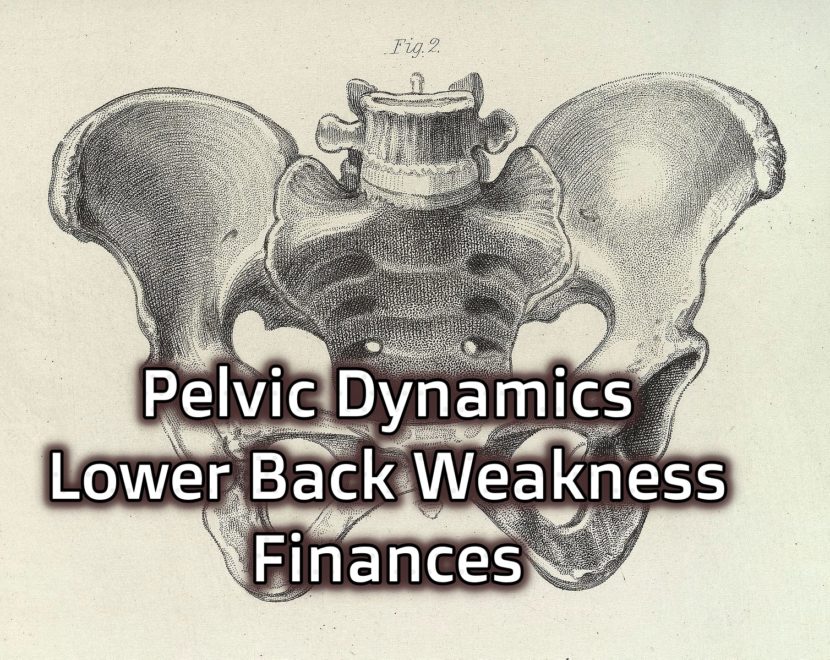
Pelvic Dynamics, Lower Back Weakness, and Finances – Movement Debrief Episode 103
Movement Debrief Episode 103 is in the books. Below is a copy of the video for your viewing pleasure, and…
